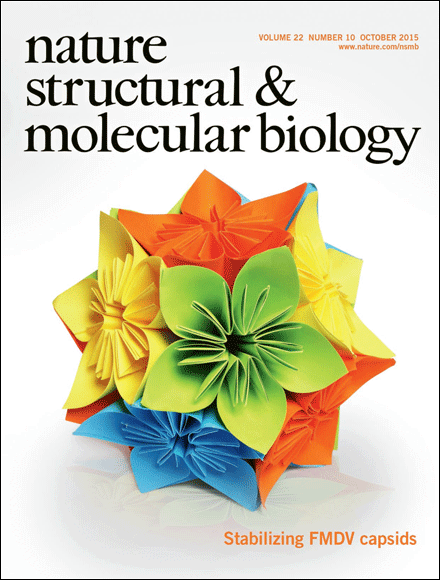Foot-and-mouth disease (FMD) is endemic in large parts of South America, Africa, The Middle East and Asia and is the most economically important infectious disease of livestock, affecting cattle, pigs, sheep, goats and other artiodactyl (even-toed) species. In endemic countries FMD affects national and international trade and also impacts on the entire livestock industry with damaging economic consequences for local farmers.
Routine vaccination programmes are employed in the endemic regions of the world where livestock require regular immunisation. Improved vaccines, in terms of stability and protection against emerging FMD viruses (FMDV) are essential for disease control and maintaining the FMD-free status in many regions of the world. The current FMD vaccines are inactivated whole virus preparations that contain an adjuvant to enhance the immune response.
There are 7 FMDV serotypes: O, A, Asia1, C and SAT-1, -2 and -3. Each serotype consists of a number of variants. A vaccine against one serotype does not protect against other serotypes or variants within a serotype, necessitating the continued development of new vaccine strains. Particularly challenging for FMDV is that effective vaccination requires the presence of intact protein shells that may be killed virus or virus-like particles. Individual proteins are not effective vaccines. We therefore investigated the methods to improve the stability of the protein shells.
FMDV serotypes differ markedly in their capsid (outer protein shell) stability with serotype A and Asia-1 being relatively stable, whereas O and SAT viruses are perhaps the least stable and more sensitive to heat and pH, but are globally significant in terms of outbreaks. Based on a knowledge of the three dimensional structures of viruses from several serotypes, we proposed that it should be possible to make modifications to the structure to increase stability to be equivalent to that of the A serotype.
By developing a method of assessing relative stability of the tiny protein shells, which make up the vaccine and are designed to trigger optimum immune responses, we wanted to determine which changes in the proteins were likely to produce the most stable vaccine.
Using a computational method employing energy calculations, we were able to assess the relative stability of the junctions between individual proteins and use it to design improved candidate vaccines for the two least stable viruses – O and SAT2.
The molecular simulations enabled the design of O and SAT2 viruses with increased stability similar to that of A serotype viruses. Structural analyses and stability assays confirmed the predictions, and vaccinated animals generated improved protective antibody responses to stabilised particles compared to vaccines prepared from the parent viruses.
Structural vaccinology was predicted some five years ago to become a driving force for vaccine innovation and this current work represents the latest example of this exciting new area of research, using in silico predictions and structure modification to improve vaccine design.
The research, the result of collaboration between the University of Oxford, Diamond Light and The Pirbright Institute, was published in nature structural & molecular biology on 21 September 2015.
